- Trump Adopts a Tough Stance on Foreign Policy
- Roy Keane praises Man Utd player for ‘outstanding’ performance against Newcastle
- Britain’s ‘loneliest sheep’ set to have twins after two years of losing weight
- Parents honour ‘murdered’ mother of six as £18,000 raised for her children
- 12-Year-Old Boy Heroically Rescues Lives After Mom Collapses While Driving at 60mph
- Three Missing Following Devastating Boxing Day Fire in the Early Morning
- British activist reunites with family in UK after years imprisoned in Egypt
- Cornwall Seal Sanctuary Rates Its Residents – Who’s Number One?
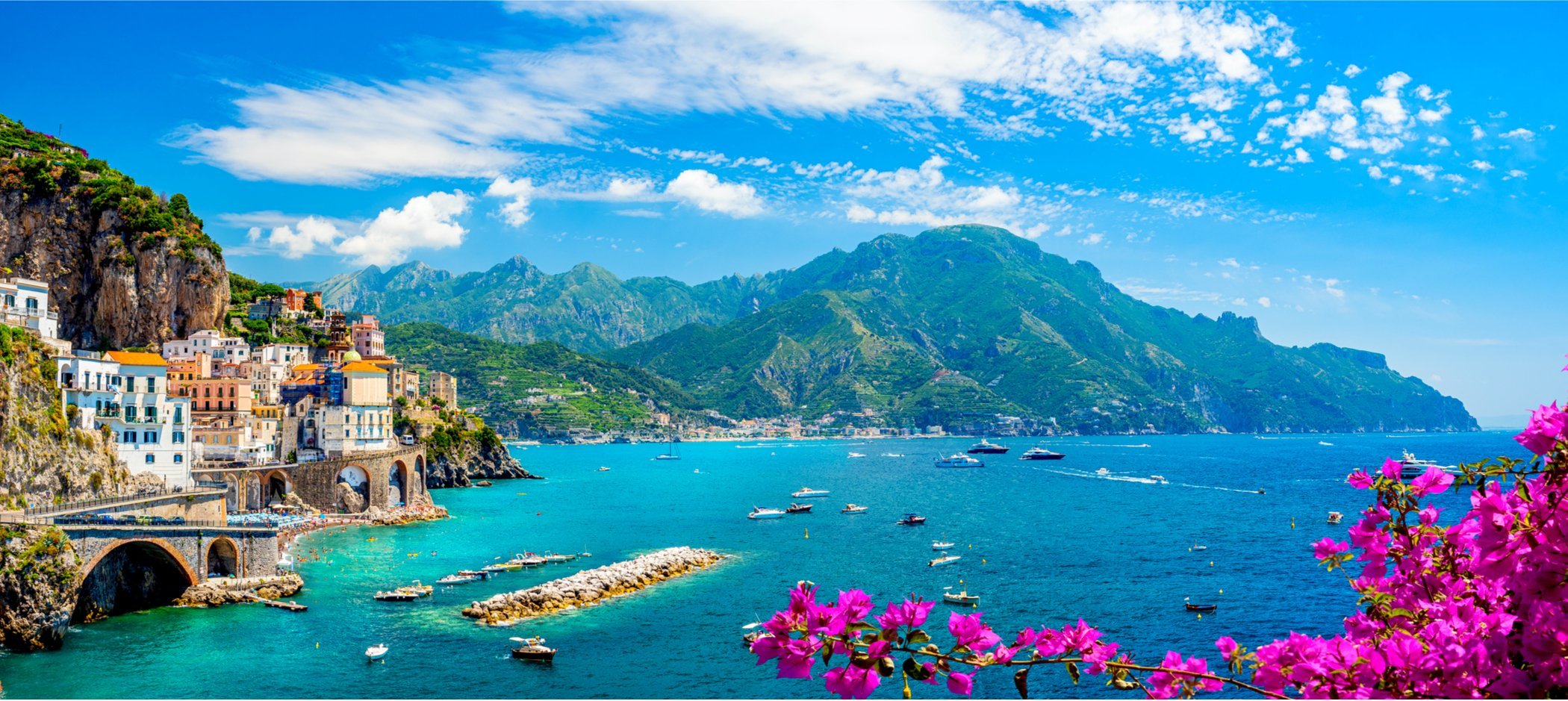
'Beautiful Italy' - Where to visit in 2022
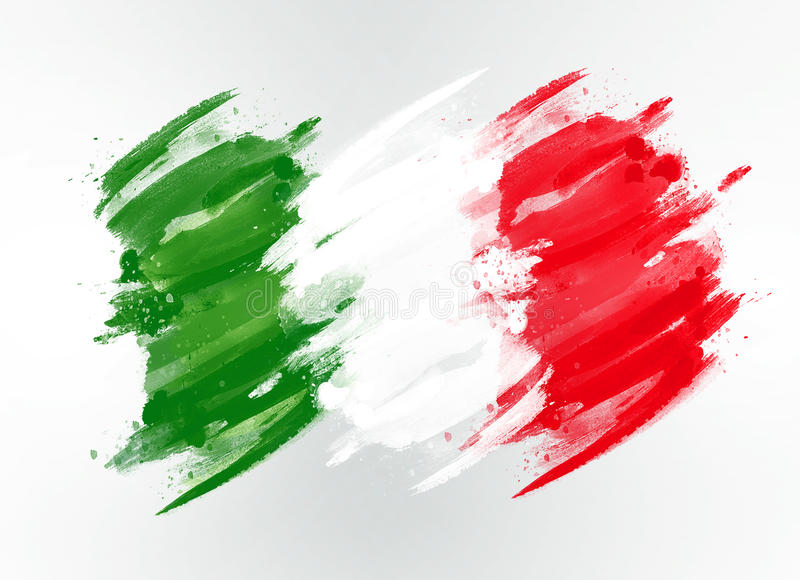
Italy 2022
Beautiful Italy is the perfect place to visit for a holiday in 2022. Roman ruins, neoclassical cathedrals and modern skyscrapers – Italy has so much to offer.
Its rolling landscapes of Tuscany, the beaches of Sardinia and the fashion heavy Milan all contribute to making Italy the fifth most visited country in the world.
We’re looking at the ancient streets of Rome to the waterways of Venice, the beauty of the Italian Lakes to the stunning Amalfi Coast – Here are the top places you must visit this year!
Click here for the Telegraph’s top picks for the must-see places in Italy.
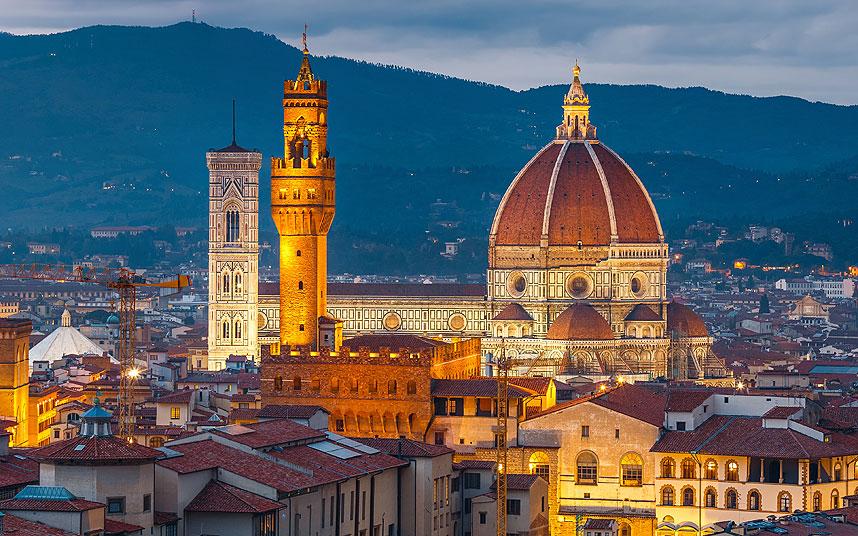
FLORENCE
Firenze is one of Europe’s great art cities and the birthplace of the Renaissance. There is so much wonderful art and architecture within its ancient walls, including frescoes by Giotto and Ghirlandaio, canvases by Botticelli and Bronzino, and statues by Michelangelo and Giambologna, that it’s easy to become overwhelmed. But beautiful Florence is more than just museums and monuments. It’s bursting at the seams with unique businesses and high-quality crafts; it’s a vibrant city with a diverse cultural scene that includes opera, classical music, and contemporary art.
The restaurant and nightlife scenes are also growing, and getting away for a break is easy because to the city’s proximity to the Chianti vineyards, as well as other Tuscan art cities like Arezzo, Siena, and Lucca.
Because of Florence’s small size, everything is easily accessible, and most of the major sights are within walking distance of one another. Overall, this is one of the nicest city breaks in Italy; indeed, it is one of Europe’s most civilised long weekend locations.

VENICE
There are days when visitors outnumber natives two to one in this lovely jewel box of a city, and getting from the station to St Mark’s Square is a battle. Despite this, Venice never ceases to enchant: coming out of the station and being welcomed by a gleaming canal with the dome of San Simeon Piccolo beyond is still a heart-stopping experience, whether you’re doing it for the first or 100th time. Even during busy tourist season, calm campi (squares), cathedrals concealing glowing Madonnas, and gorgeous Gothic palazzi are never more than a bridge away.
There are also plenty of busy neighbourhood hangouts, demonstrating that Venice has more than just unrivalled cultural riches from centuries past: It’s also a hive of contemporary activity.
Aside from the biennale shows, which alternately showcase all that is cutting edge internationally, Venice’s diminishing population works hard to keep the city innovative, industrious, and dynamic.

ROME
Despite the fact that Rome has been there for nearly three thousand years, it wears the weight of history with a dolce vita lightness of heart. It’s a city that has the closeness and human scale of a town while yet offering the cultural attractions of a historic, art-filled European metropolis. Classical ruins and early Christian sites of worship coexist with Renaissance palazzos and Baroque fountains, and in some cases, lay beneath them. However, there are excellent neighbourhood trattorias, unique stores, and a thriving aperitivo culture.
When it comes to visitors, what is the golden rule? Don’t try to jam too much information into your head. Rome moves at a slower pace than many northern cities, and to fully appreciate it, you need spend time in pavement cafés in addition to visiting all of the major cultural attractions.
Visitors from the cold north will be enticed by the city’s mild Mediterranean climate, but the major lure will always be the throbbing energy of a place that lives life as a type of theatre.
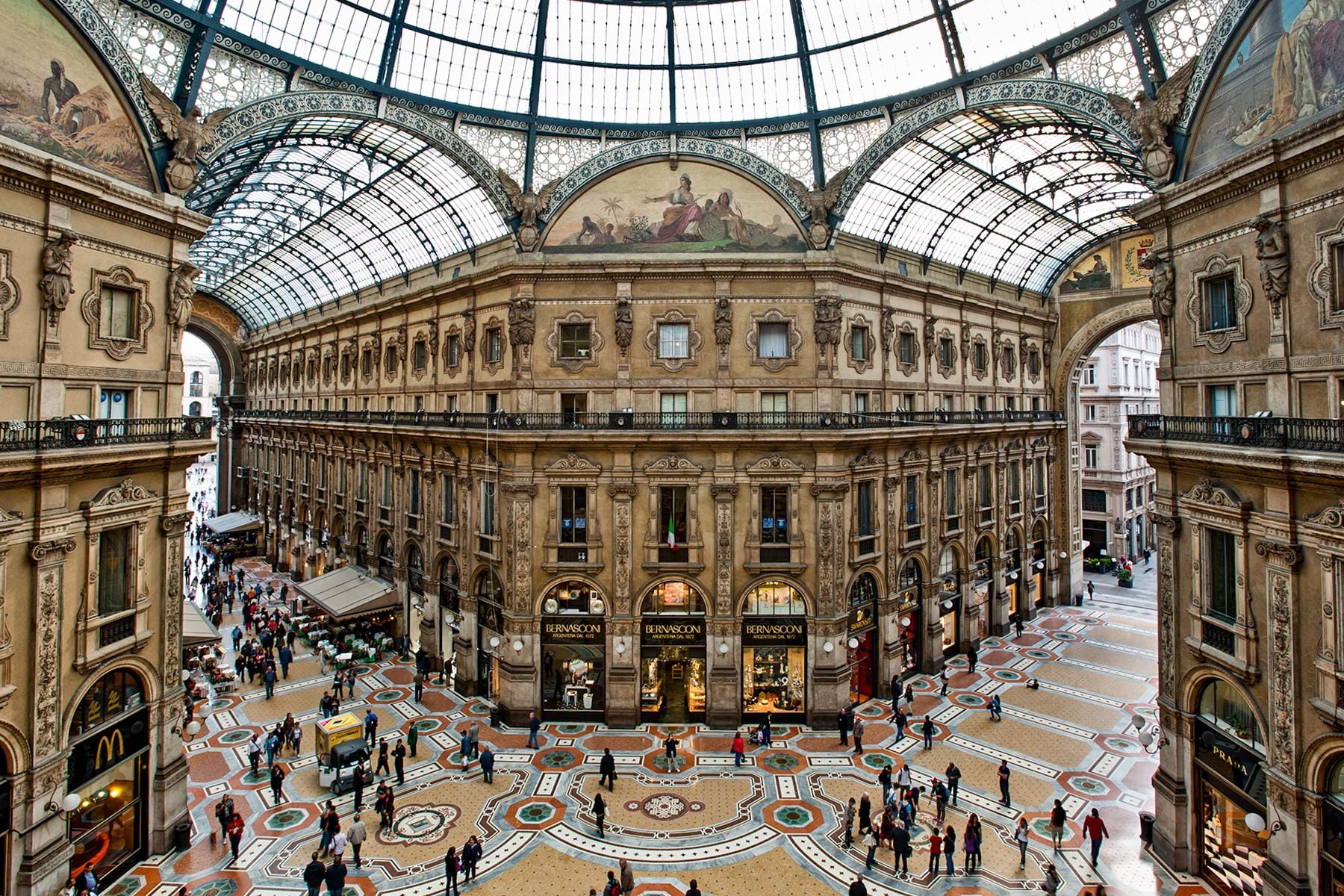
MILAN
Milan may surprise people who are familiar with Rome and Florence and expect more of the same from Lombardy’s urban capital, because it has a more northern European appearance and feel. It is the fashion and design capital of Italy, with a worldwide cosmopolitan viewpoint, a thriving food and drink scene, and a wide range of hotels to suit all budgets. Historical structures coexist with modern skyscrapers, and many of the city’s structures feature stunning internal courtyards that are largely unknown.
The city’s outstanding shopping, however, is what lures most visitors — designer stores line the Quadrilatero D’Oro sector, while outlets, high street shops, and boutiques can be found throughout the city.
Then there are the cultural highlights, such as the Duomo, the Scala opera house, and the Pinacoteca di Brera art exhibition, as well as Leonardo Da Vinci’s iconic Last Supper mural at the Convent of Santa Maria delle Grazie.
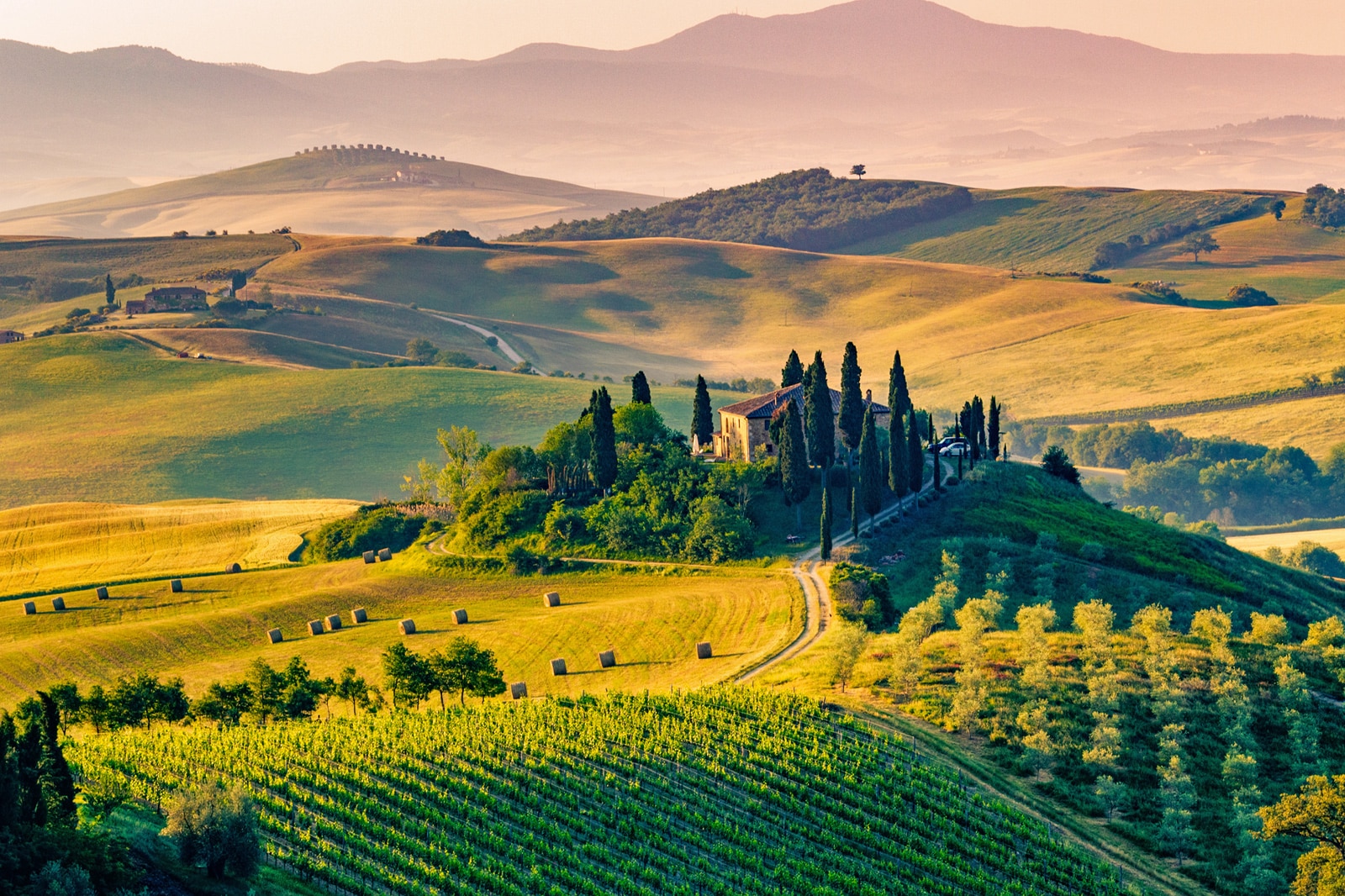
TUSCANY
Culture is an optional extra in many other parts of the world, something you do in your leisure time. It’s at the heart of everything in Tuscany – but not in an aristocratic way. A fresco by Piero della Francesca embodies the attitude of an area that has traditionally valued beauty and quality. A cup of ribollita soup cooked with seasonal cavolo nero and served with a spiral of just-pressed olive oil, on the other hand, does. Tuscany also mixes modest, down-to-earth manners with great pride and attention to detail.
It boasts a collection of charming art-filled old towns with much to see, do, eat, and drink to keep you occupied for a long weekend. Previously, each Tuscan comune conspired to outdo the others, resulting in an embarrassment of riches. Aside from Florence, Siena, Pisa, Lucca, and Arezzo are all worth a day trip, with smaller hill towns like San Gimignano, Cortona, and Volterra vying for attention as well. But don’t let art take your attention away from the landscape: the Chianti and Montalcino wines, the Carrara marble quarry north of Lucca, and the untamed Maremma coastal strip are all must-see destinations in Italy.
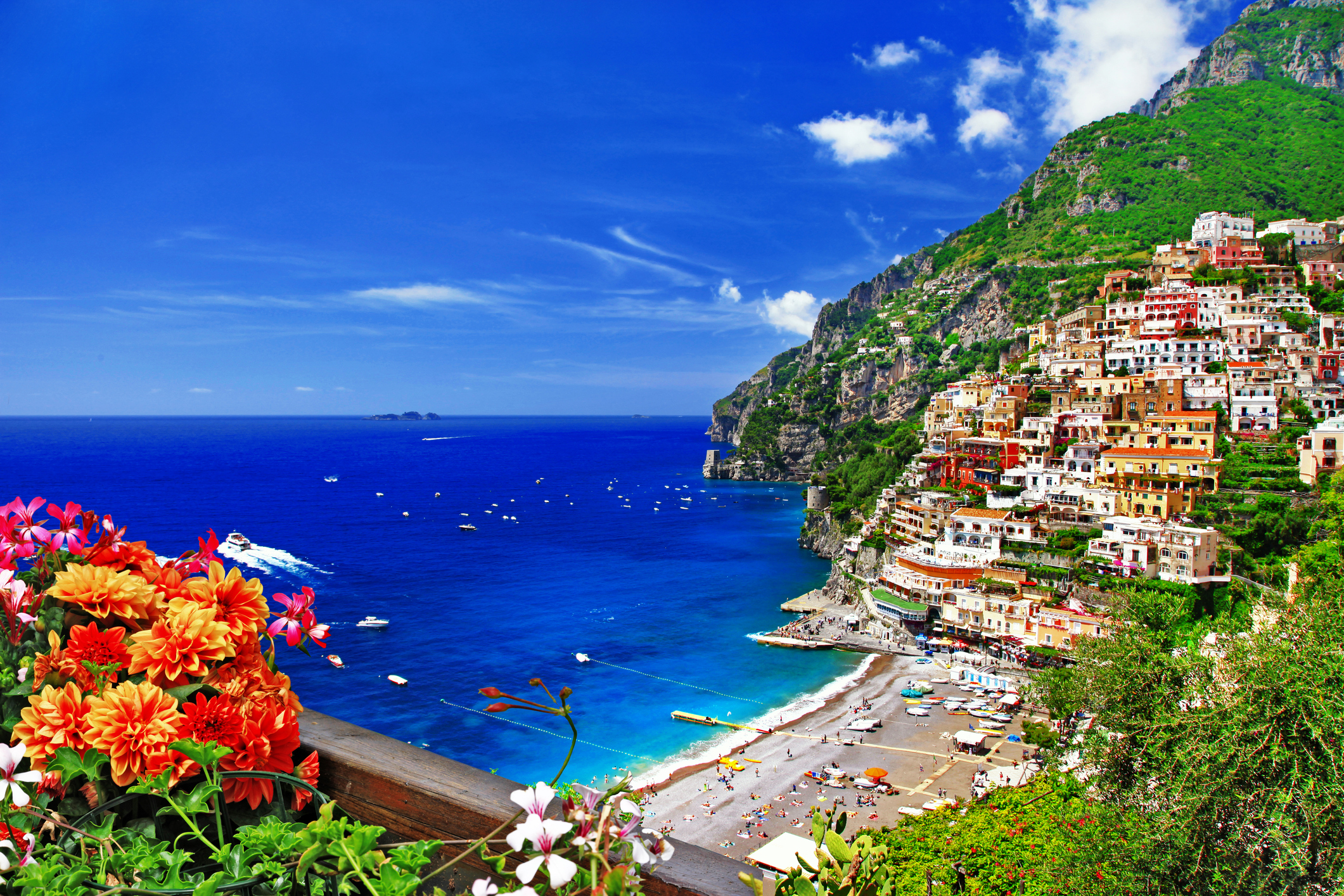
AMALFI COAST
The famed Amalfi Coast has been luring travellers since antiquity with its breathtaking landscape and sophisticated yet laid-back culture, which was ‘discovered’ by the jet-set in the 1960s. There was no route connecting the little settlements along the coast until the Strada Statale 163 was blasted out of the base of the Lattari mountains in 1852. Perhaps it is for this reason that, beyond the five-star hotels and superyachts, a more simpler, rural way of life still persists; up in the hills, farmers produce steeply terraced ground, while fisherman make a living from the sea.
A visit to the costiera, with its pretty towns and villages and endless glorious views, should be taken slowly. If you want to fit in some culture, plan visits to churches, museums, and gardens around lazy lunches, dips in the shimmering sea, sunset aperitivi, or simply hanging out and basking in those incredible vistas. The trip from Positano to Vietri sul Mare is not to be missed: the ‘Road of a Thousand Bends’ travels through some of Italy’s most magnificent coastal scenery along its narrow, twisting length.
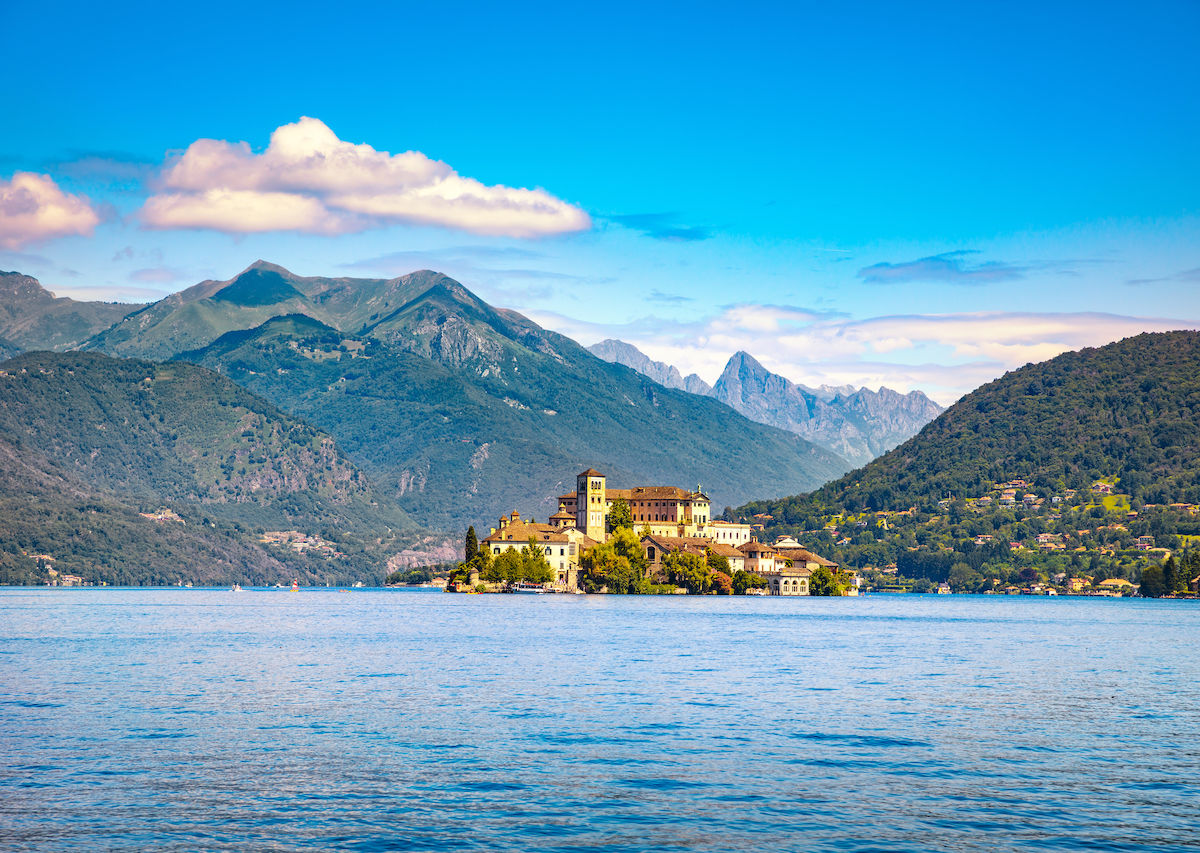
ITALIAN LAKES
The Romans were the first to recognise the lakes’ potential as some of Italy’s premier vacation spots. They erected their opulent villas in great locations near Como and Garda, where the southern foothills of the Alps flow down to the Mediterranean and northern Italy’s fertile plains, providing some of Europe’s most magnificent landscapes. The towns have been transformed by modern tourism, but the lakes, mountains, and views are still as stunning as they were 2,000 years ago, and the villages, Baroque gardens, and lakeside hotels are still excellent places to visit, especially during the long, hot fall.
The westernmost, Lake Orta, is a lovely small sliver of deep blue lake that is home to Orta San Giulio, one of the country’s most beautiful mediaeval settlements. The longest, Lake Maggiore, is a short drive away and extends north across the Swiss border. Lake Como, in the east, is flanked by luxurious mansions and glamorous hotels. Lake Iseo, the least well-known of the five, is further east, while Lake Garda, the largest of the five, is one of the country’s most popular and probably greatest spots in Italy for a traditional lake getaway.
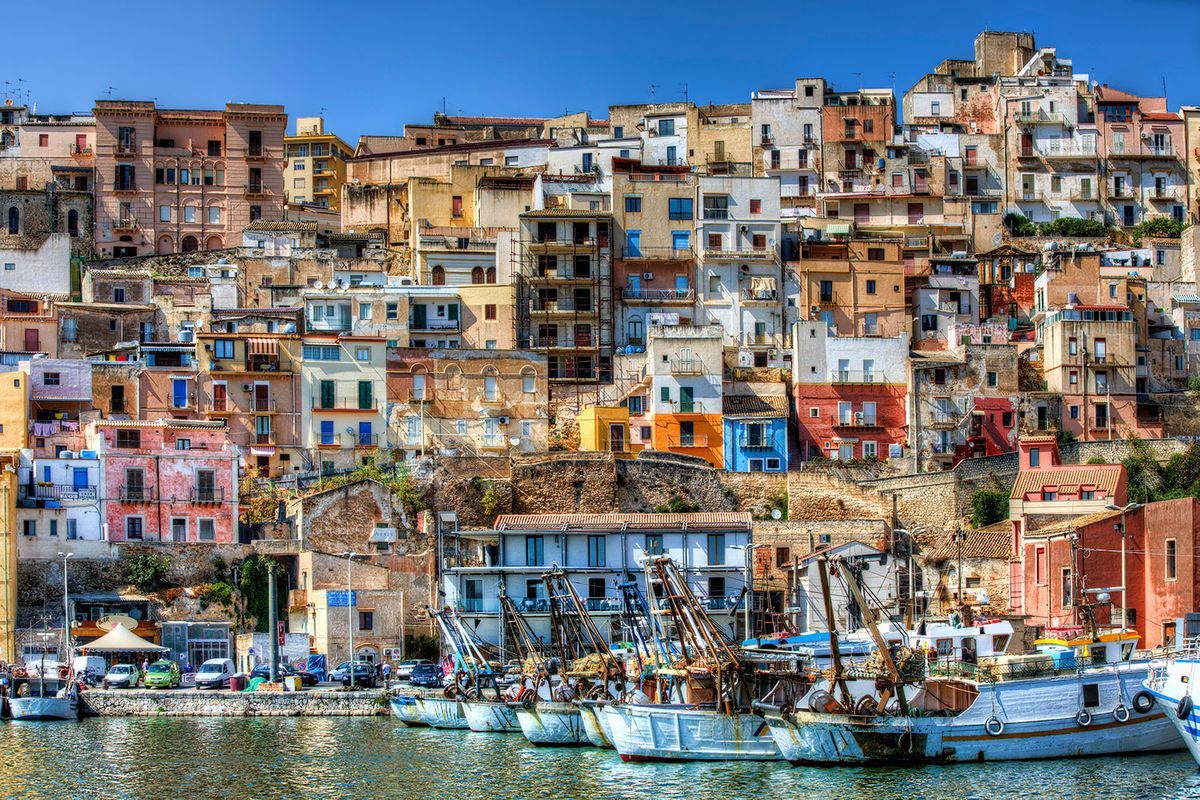
SICILY
Sicily has long served as a crossroads and crucible for Mediterranean culture, and the island is now a fascinating palimpsest of Greek temples, Norman churches, and Baroque palazzos. It also has lots of natural attractions, from Mount Etna’s smouldering craters to the southern coast’s still relatively unknown beaches. Sicily also enjoys a warm climate, with portions of the island being on the same latitude as the North African coast, making it an appealing destination for much of the year. Spring and autumn are breathtakingly beautiful, and summer temperatures climb to new heights.
The historic cities of Palermo, Catania, and Siracusa, the Etna region with its volcanic landscapes, fertile wine country, and picture-perfect Taormina; Ragusa, Modica, and the other honey-hued Baroque towns of the south; the Greek temples of Agrigento, Selinunte, and Segesta; miles of sandy beaches and secret rocky coves; the Greek temples of Agrigento, Selinun Then there’s the food: from Trapani’s couscous to Noto’s pastries, this is a gastronome’s dream trip. Then there’s the food: from Trapani’s couscous to Noto’s pastries, this is a gastronome’s dream trip.
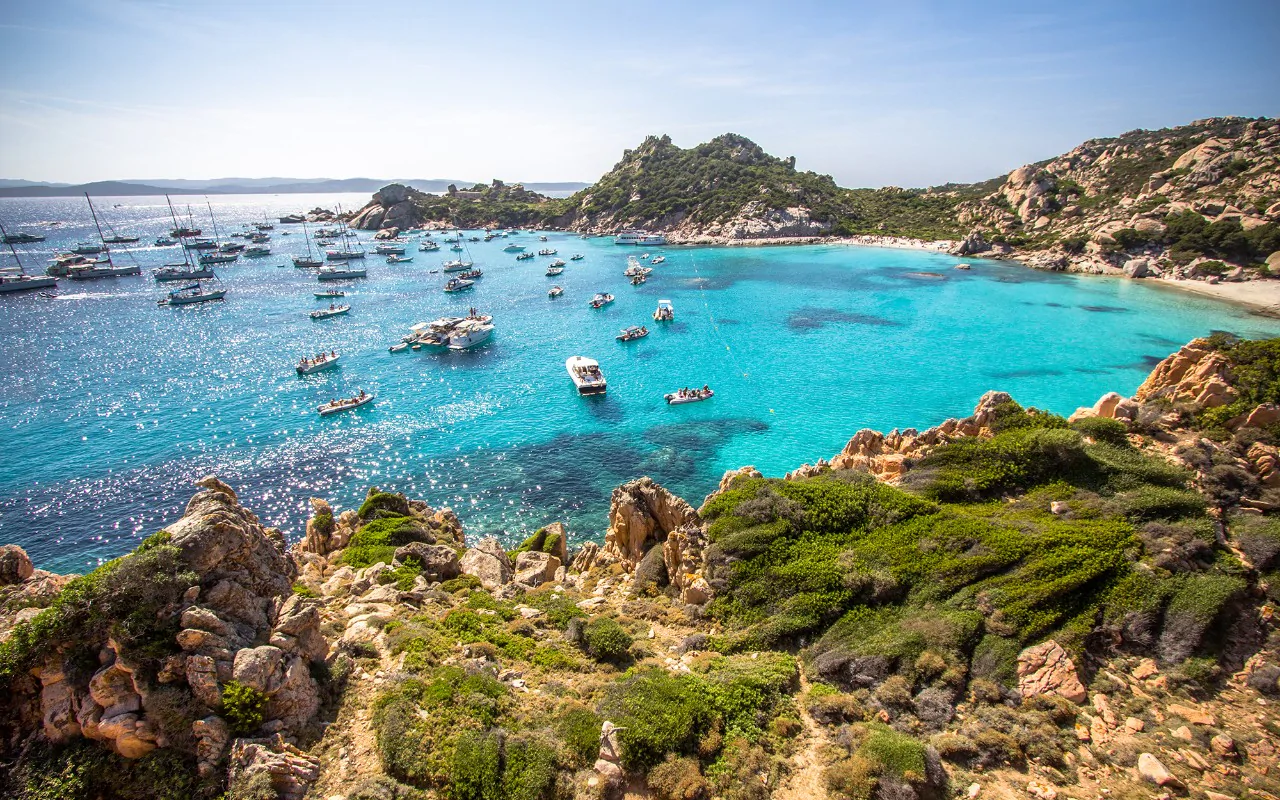
SARDINIA
Sardinia offers some of the most attractive beaches in the Mediterranean, all while being within walking distance of superb restaurants, pleasant bars, and the relaxing evening ritual of the passeggiata. When you’ve had your fill of beaches, there’s plenty more to keep you occupied: the magnificent granite interior, delicious seafood, and the strange and evocative remnants of Sardinia’s ancient nuraghic culture, not to mention a scattering of Carthaginian and Roman ruins, Pisan churches, and Spanish Baroque.
Italy - Italy cities - Italy holidays 2022
- Rome.
- Milan.
- Naples.
- Turin.
- Palermo.
- Genoa.
- Bologna.
- Florence.
Is English spoken in Italy?
Is Italy expensive to visit?
2022 Italy holidays
A holiday in Italy is sure to capture your imagination, and wherever you decide to stay, there’s something for everyone. It’s no surprise it’s one of Europe’s hottest holiday hotspots; you can take a break in a bustling city, plan an island escape, experience a cultural adventure, or kick back and relax on one of the country’s beautiful beaches. You’ll find amazing architecture, Roman ruins, rustic villages, amazing wines, and fantastic food around every corner. Grab a gelato and wander along a waterfront, or go shopping in some of the high-end shops to be found in the resorts and cities. Italy’s full of romance and iconic places to visit, such as Rome’s Colosseum, Sicily’s majestic Mount Etna and the treasures of the Bay of Naples area. For some stunning sights, head further south to explore Pompeii or the Amalfi Coast. Italy’s perfect for couples and honeymooners. However, if you’re planning a holiday to Italy with some partying in mind, Milan and Sicily have some superb nightlife, from relaxed drinks to an all-night party. With so much to choose from, an Italy holiday can be whatever you want it to be.
Go Explore Italy in 2022
Subscribe to Updates
Get the latest creative news from FooBar about art, design and business.

